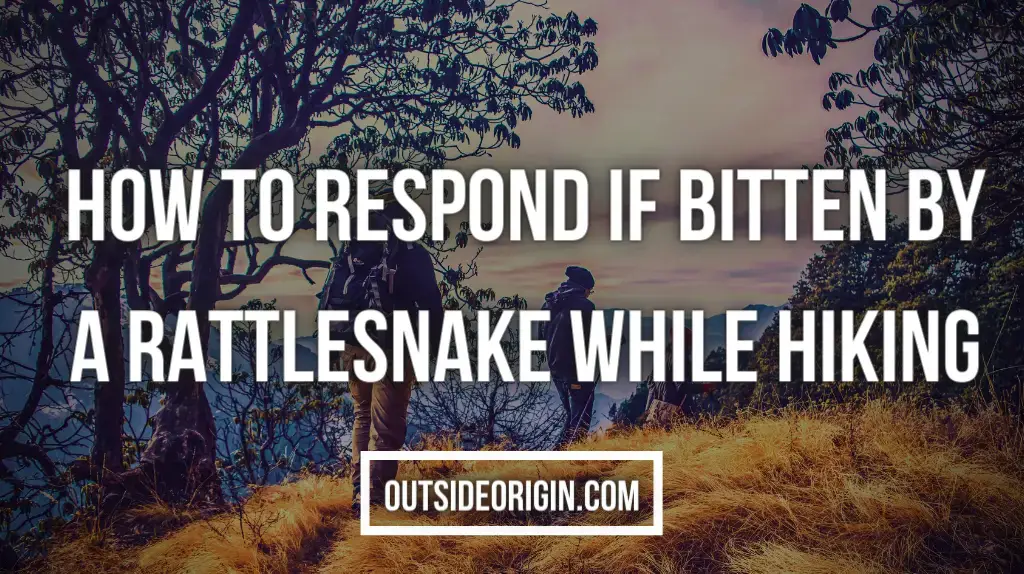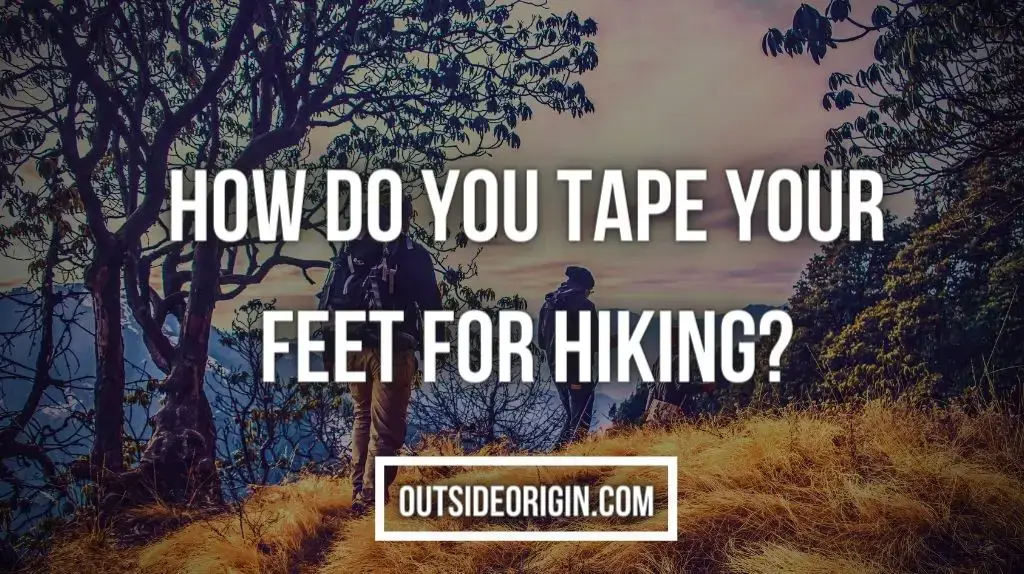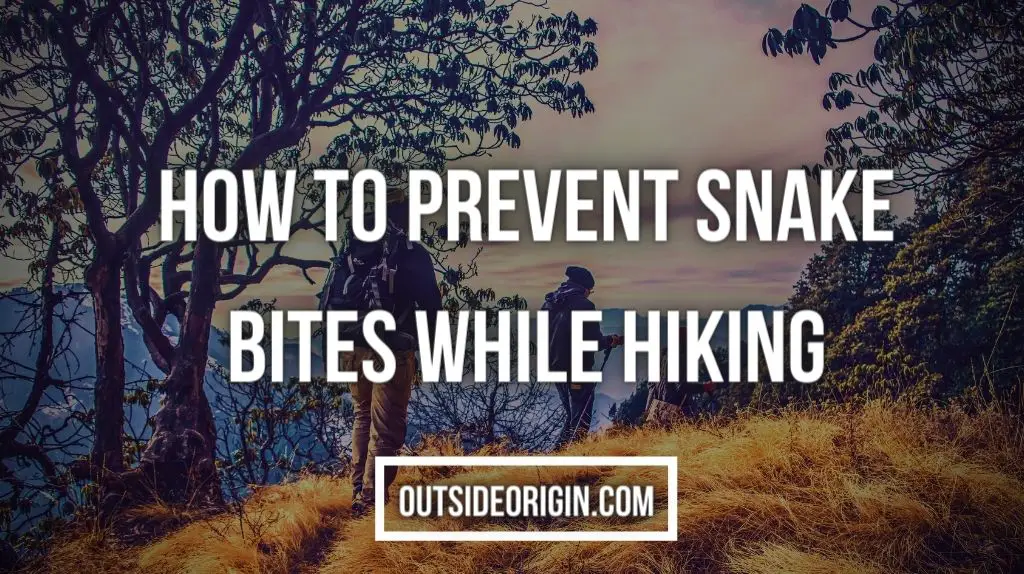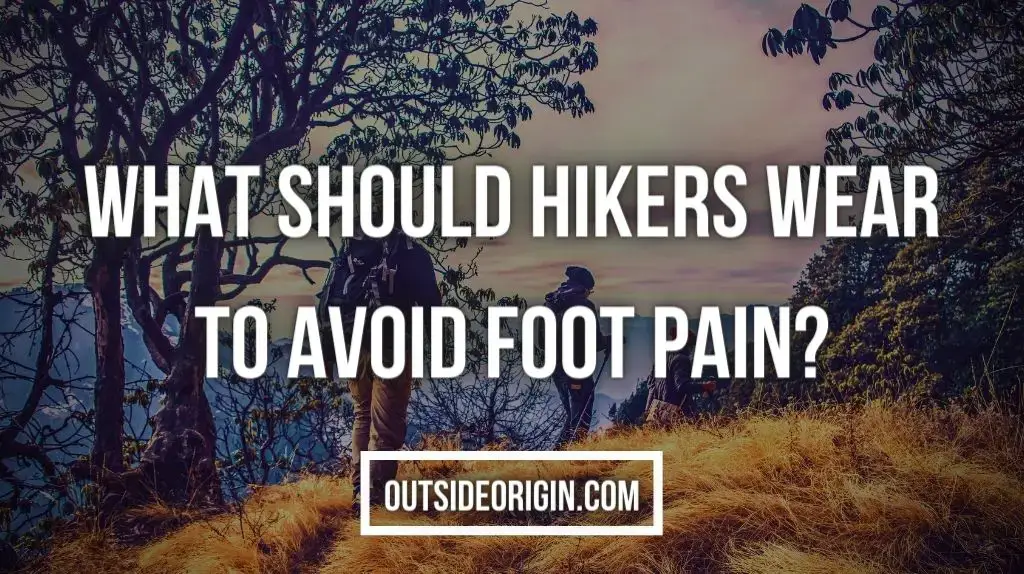The CDC estimates that between 7,000 and 8,000 people are bitten annually by venomous snakes in the United States, which has a large population of venomous snakes.
While most rattlesnakes won’t bite until attacked, hikers, trekkers, and those who spend a lot of time in the outdoors may unintentionally cross paths with a snake.
An urgent response is necessary should this encounter end in the victim being bit by a rattlesnake. For example, several common American snakes (such as rattlesnakes, cottonmouths, and copperheads) have venom that can cause serious harm or even death.
Find out how to handle a rattlesnake bite, whether it’s you or someone you know:
Get Immediate Medical Assistance
Many times, a bite does not transmit venom at all, and there is a good probability that the snake itself is not harmful. If the snake does not have a dangerous bite but has a wound that needs to be treated and a tetanus vaccine delivered, hospital management is still necessary (depending on how long ago you have had the vaccine). Snake bites can transmit tetanus, which comes as a shock to many people.
Rattlesnakes that are confirmed to be poisonous necessitate an antidote, such as antivenom. It’s vital to remember that not all hospitals have antivenom on hand. Knowing how to administer first aid can save a victim’s life, especially if the sufferer needs time to get to the hospital after being bitten.
Further Actions To Be Taken:
Symptoms of a rattlesnake bite include discomfort and swollen limbs. In other cases, the symptoms begin at the location of the bite and progress up the bitten appendage. Muscle twitches happen from time to time.
Victims of rattlesnake bites should sit down and rest while an ambulance is sent, keeping the wound below the heart.
Hikers and mountain bikers who were bitten may be a long way from their vehicle and without access to a phone. Is there anything you can do in these situations?
- Don’t freak out. Rattlesnake bite death is an extremely rare occurrence.
- Let yourself go for a stroll or bike ride if your symptoms are minor and you are able to do so.
- If the bite is serious enough, you may want to consider making a splint to keep the bitten limb immobilized, but this is rare.
- Lightly wrapping the wound with gauze is a good idea in all circumstances.
- When cell phone service is restored, dial 911. A trailhead ambulance or medical evacuation are both options in case of emergency. When everything else fails, you can always ask for instructions to a medical center that provides antivenom treatment.
Here Are Some Options If Hospital Care Is Unavailable:
- Wash the wound with soap and water.
- The person should be kept quiet and still. Stop all physical activity and reduce your heart rate to a safe level.
- Call the National Poison Control Center at (800) 222-1222. They can help. An advisor is on call 24 hours a day, seven days a week.
- Neither ice nor a tourniquet should be used. Do not administer alcohol, caffeine, or painkillers to the victim.
- Keep the wound at a lower level. Sit or lie with the victim’s bite below his or her heart level, rather than vice versa.
- Wrap a clean bandage around the wound and pray for the best. “Dry bites,” when no venom is injected, may be treatable without medical attention.
- There is little that can be done if neurotoxic venom has been injected and no medical care or antivenom is available. Get a good night’s sleep and try to summon help.
Available Treatments For Rattlesnake Bites
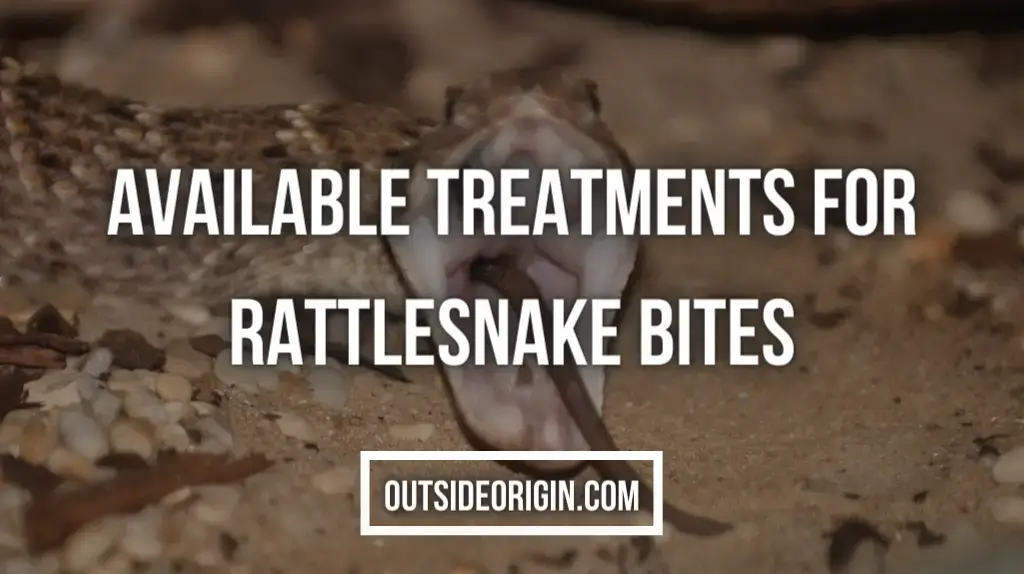
Once you get to the hospital, antivenom treatment will be evaluated. According to your symptoms and blood tests, you will be given this outcome.
Platelet and fibrinogen counts in your blood can decrease dangerously low as a result of envenomation (i.e., the presence of venom in your body). As the symptoms of a rattlesnake bite might take up to six hours to appear, you can expect to be monitored and retested for at least that long.
Depending on the severity of the bite, you may need to stay in the hospital for several days to ensure that you have gotten adequate antivenom treatment. Just clean the bitten area and apply a loose bandage like you would for any other puncture wound in the field.
Things To Avoid If Bitten By A Rattlesnake During A Hike
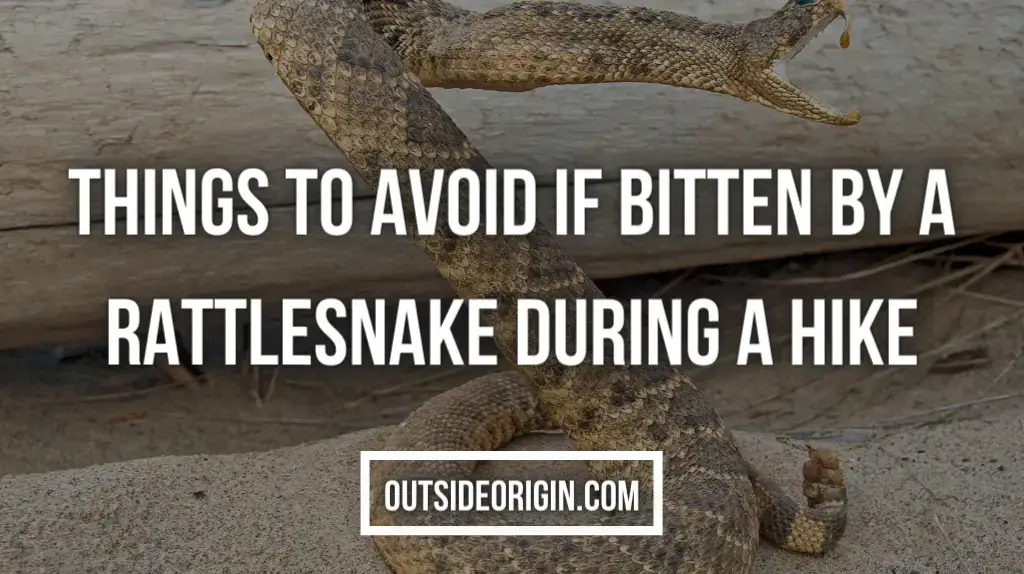
Knowing what not to do is as important as knowing what to do. The following items should not be avoided:
Applying ice – It’s a bad idea to put ice on a bite because it can cause frostbite.
Using a snakebite kit – Kits sold commercially often include an incision-making blade, which can cause harm to internal organs. Additionally, some kits include suction devices that are not very good at getting rid of the poison.
Cutting a venomous wound and sucking out the poison – This treatment from old Cowboy films has never worked.
Giving the victim alcohol, caffeine or medication – Alcohol, caffeine, or medication — none of these will help the victim.
Applying electric shock – Electric shock is an outdated and dangerous practice that can actually denature the venom, but it also interferes with important proteins in your body. As a result, refraining from doing so is strongly discouraged.
Conclusion: Final Thoughts
Despite the fact that rattlesnake bites are quite rare, it’s still a good idea to know how to take preventative measures in order to minimize the risk. Remember to seek immediate medical attention if you become the victim of a snakebite.
Can You Do Me A Small Favor?
We have put a lot of time & effort into writing this post to provide you with the best info out there.
It’ll help us out if you could consider sharing it on your social media networks. You are also allowed to take any photo you want from our blog as long as you credit and link back!
Appreciate it! ❤️️
I am Jordan James, I am a writer and researcher over here at Outside Origin. I love spending time in nature and just being outside. I have hiked many trails such as the Appalachian Trail, Pennine Way, Half Dome to name a few.

